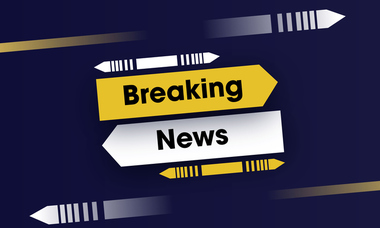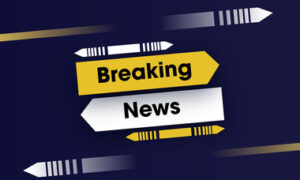
What’s Up With Student Loans?
 The government paused student loan repayments during the COVID-19 crisis — but it has declared that over and wants repayments to start.
The government paused student loan repayments during the COVID-19 crisis — but it has declared that over and wants repayments to start.
According to the government, your first payment is due in October 2023. You’ll get your bill, with your payment amount and due date, at least 21 days before your due date. What do you need to do — aside from writing your monthly checks?
Take care of the following:
- Update your contact information as soon as possible on StudentAid.gov. You may have moved or changed your email address in recent years.
- Update your contact info on your servicer’s website. Log in to find your servicer.
- Explore affordable repayment plans. Compare repayment plans with Loan Simulator. An income-driven repayment plan may be a more affordable option. Income-driven repayment plans adjust your payment amount based on your income and family size. You will see your new payment when you apply, and it will be displayed on your servicer’s website when your first bill is sent.
- Apply for an IDR plan. If you are on an IDR plan, consider recertifying. If you were on an IDR plan before the payment pause, you have at least six months to recertify your income after the end of the payment pause (March 2024). Usually, this has to be done each year. However, consider recertifying for a lower payment sooner if your income has decreased or your family size has increased.
- Enroll (or reenroll) in auto pay. Auto pay is optional, but you’ll save 0.25% on your interest rate if you choose auto pay. On auto pay, you’ll get a reminder ahead of each withdrawal. Sign up for auto pay on your servicer’s website. You likely need to reenroll if you were enrolled in auto pay before the payment pause.
What about loan forgiveness?
Plans for forgiveness have been a political football and have been tossed in and out of courts. As election season heats up in 2024, this may become an even more contentious issue. In early October, the White House posted a statement outlining the forgiveness program. The statement says, in part, that “an additional 125,000 Americans have been approved for $9 billion in debt relief through fixes the U.S. Department of Education has made to income-driven repayment (IDR) and Public Service Loan Forgiveness (PSLF), and granting automatic relief for borrowers with total and permanent disabilities. Today’s announcement brings the total approved debt cancellation by the Biden-Harris administration to $127 billion for nearly 3.6 million Americans.”
An article in the Washington Post notes that Republicans in Congress strongly disapprove of this forgiveness plan. Borrowers should keep on top of the news to see what is happening, as this is a fast-moving story. Meanwhile, more information is available on the above-noted StudentAid.gov site.



